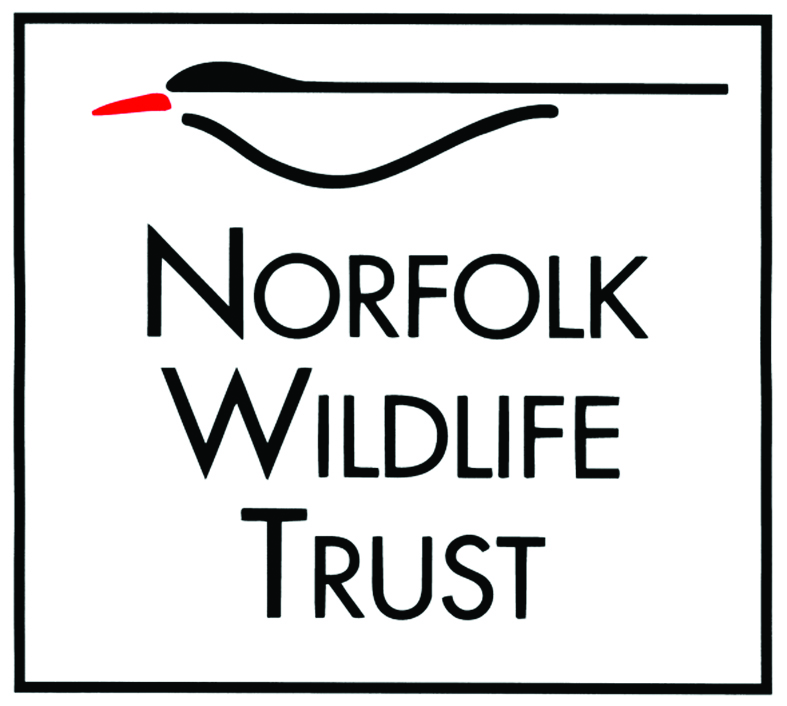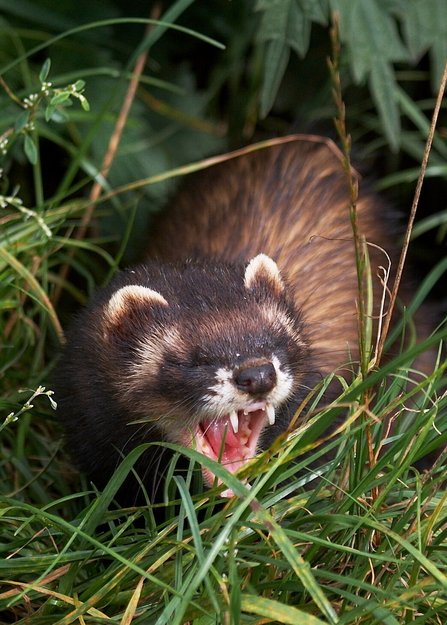The successful re-introduction and re-establishment of an animal by wildlife conservationists is often announced with a fanfare. Be it beaver, that are now living wild in Britain, the propagation and release of the large blue butterfly, or the amazing revival of red kite and otter, both of which can now be found in nearly every county of the UK. All of these creatures have one thing in common; it was human activity that led to their decline or extinction, but our intervention and efforts that brought about their recovery.
There is one animal, a relatively large mammal (certainly in UK terms) that few people have heard of, but has a fascinating story of sad decline and miraculous recovery. This animal’s rapid spread across the country has happened with very little notice paid to it, and right under our noses. For the polecat has achieved it without the usual pandering, project funding, years of research and frequent press releases. This charismatic species, from its small enclave in remote central Wales, has spread back across the British countryside, reaching East Anglia about a decade ago. Now, here in Norfolk, sightings of this once rare mammal are increasing every year.
The polecat, is not a cat at all, but a Mustelid, belonging to the same family as the stoat, badger and otter. Like the stoat it is has a long back in relation to its legs. Its fur is buff brown above, but darker around the tail, legs and neck. It has a pale face and its ‘bandit mask’ is its most obvious, and endearing, feature. It is slightly larger than a domestic ferret, which, as it turns out, is its tamed ancestor – although anyone who has owned a ferret, as I have, know that one uses the word ‘tame’ advisedly. The domestication of the polecat, and the selective breeding of it into the form of a ferret, is quite ancient. Using ferrets to drive rabbits from their burrows is a practice that can be traced back to Roman times, although stuffing a ferret down one’s trouser leg seems a more recent occupation for them. No wonder they so often try to escape! Escaped domestic ferrets, which are generally albino, seem to survive comfortably in the wild and polecat / ferret hybrids are not uncommon where polecat numbers are strong.


